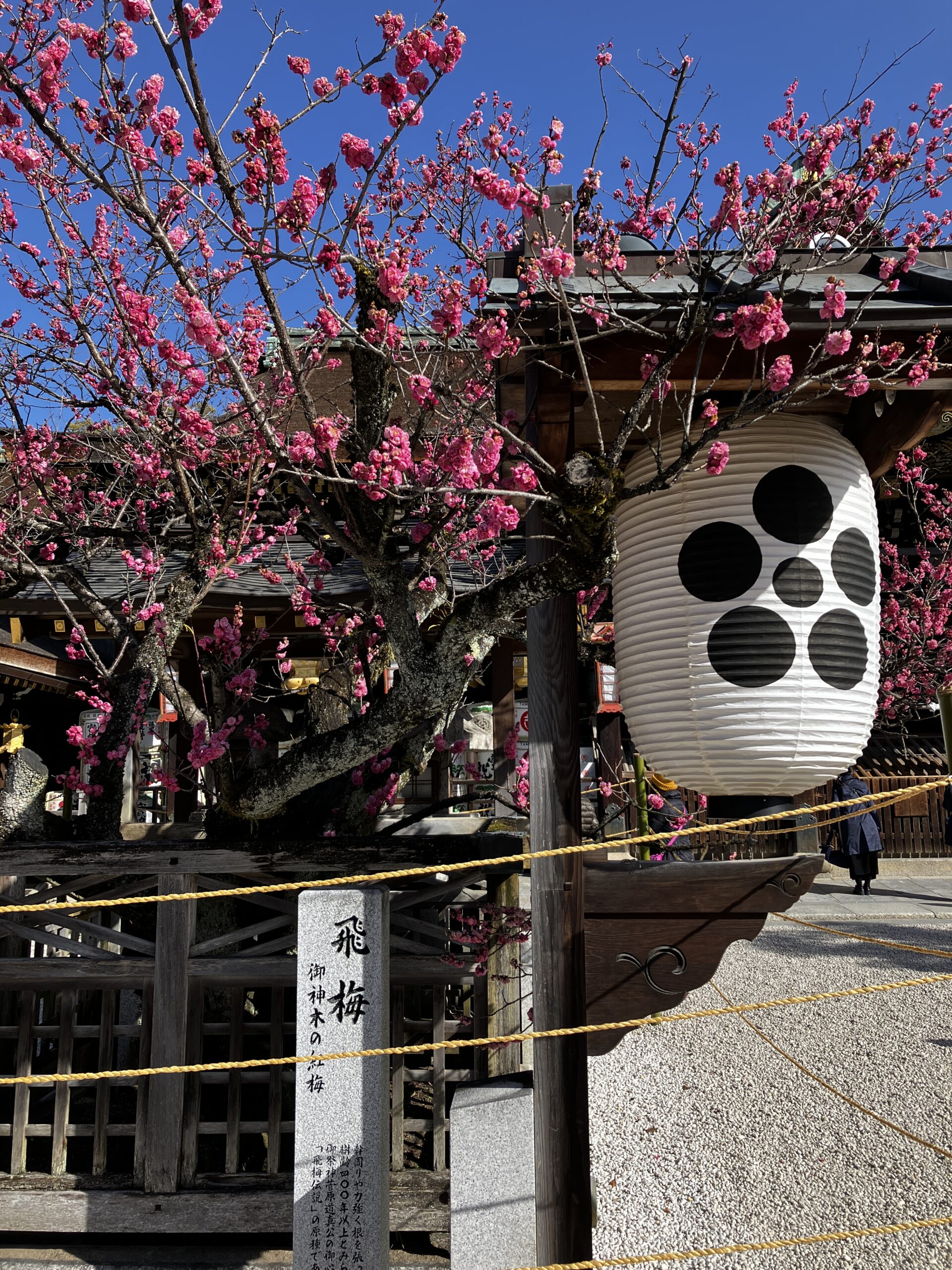Plum trees (Ume) or Cherry blossoms (Sakura)
Tourists visit Kyoto to see the autumn leaves and mostly, cherry blossoms. Even Japanese are fond of the cherry blossoms. Generally, it is known to bloom in April, which is the month for a new start in Japan. Starting a new grade in school, working in a new company, moving, etc. It sounds pretty strange, right? Why in April?
Japanese companies’ financial terms are based on the fiscal year (April to March). The finance system started in 1869, the Meiji period in Japan, and at that time it was from October when people would start to harvest the rice. Then when the western calendar came in 1873, they changed the period from January to December. There were several back and forth changes to July in between and finally with wars like the Satsuma Rebellion, Imo Incident, the government fell into a deficit. They needed to cover the deficit so what they did was they used the tax on alcohol (sake) that was for the next year in advance. What did they do with the tax that they used up? Simple. They changed the tax collection month to April. Sake was made in the winter time after farmers finished harvesting the rice in autumn to earn money. April was the time when all the sake was made after the winter season was over. Also the government instructed schools to start at the same time as the financial period.
50 years ago it bloomed just in time for the new school year but nowadays with global warming, cherry blossoms bloom at the end of March in Kyoto. But did you know that the cherry blossoms only bloom for a week? Because they fall quickly, they are a symbol of transience.
I like plum trees more. Most of them are reddish pink or white, some buds are white and bloom to be pink or the opposite. I look at them as a strong symbol as they in the cold February season with confidence.
Lucky you!
I came across a book called “Science discovered all about the lucky person!”*¹ by Nobuko Nakano. She is a researcher and a professional in brain science.
She wrote that everyone is a lucky person. Not that you won the lottery or your dream of being in the hall of fame didn’t come true, but the book tells me that we each should have our measurement of happiness. This is the moment we feel the utmost pleasure, where you wish it would be what you think and you don’t need anything else. There is a reward system in your brain when it gets stimulated, it creates dopamine and that is when you feel happiness.
With your busy daily life, I wonder how many people seem to be happy. A baby laughs more than 400 times a day but once you’re an adult, less than 15 times. Have you laughed lately?
Measurement of happiness
My measurement of happiness is Japanese tea. As I wrote in my last blog, the moment I pour the hot water in the bowl with the green tea, my nose senses the smell, while the smell changes every time I whisk. The tea room has a “Tokonoma”, or alcove, which is a recessed area where you hang a scroll and seasonal flowers. My teacher had a small branch of the plum tree in the vase one day which made my mind happy.
Another thing that would stimulate my dopamine is to think of a structure. I am a CPA that struggled studying but never thought of quitting no matter how many times I had to go through the ups and downs. That is because everything I studied about would open up a different world that I did not know or would widen my knowledge. My career was not an accountant or tax expert, but interested me with my background of being the Project Manager of M&A and working in the Corporate Strategy Department. You do learn a lot working on projects but nobody teaches you the basics and you end up doing your own way but I wanted to have confidence. Studying for CPA just brightened up my eyes as the knowledge from work was only dots, but now it became my basic thoughts connecting all the dots as a one thick line.
My company was a step close to falling into a deficit but the top management were talking only about customer satisfaction, customer centric. I couldn’t structure out why and explain logically. What is missing? Going through books and of course the text books from the study, I came across a concept of a balance score card. Balance score card is a strategic management performance metric that was introduced by Dr. David Norton and Dr. Robert Kaplan in Harvard Business Review which was published in 1992. Information is collected and analyzed from four aspects; Learning and Growth, Business processes, Customer perspectives, and Financial data. I took this and transformed it to Employee (Learning and Growth), Organization (Business processes), Customer, and Financial data. Putting organization at the bottom, organization should be the basic mind set of the company that builds a professional employee group that would answer to customers demand, that leads to great financial results meaning increasing the company’s value. Studying for this and thinking made me forget my time and only concentrate.
A friend of mine advised me to take a strengthsfinder from Gallup. In my top 5 strengths, I had “Learner” and “Analytical”. Wow! This was why I would lose sight of time when I did research on a topic and loved to read and search. It definitely was a time of happiness and fun.
Watching the plum trees, going to my Japanese tea lesson, and researching something I enjoy. The joy of happiness.
How many times did you laugh today?
*¹: Title was in Japanese translated by Sousetsu





Comment